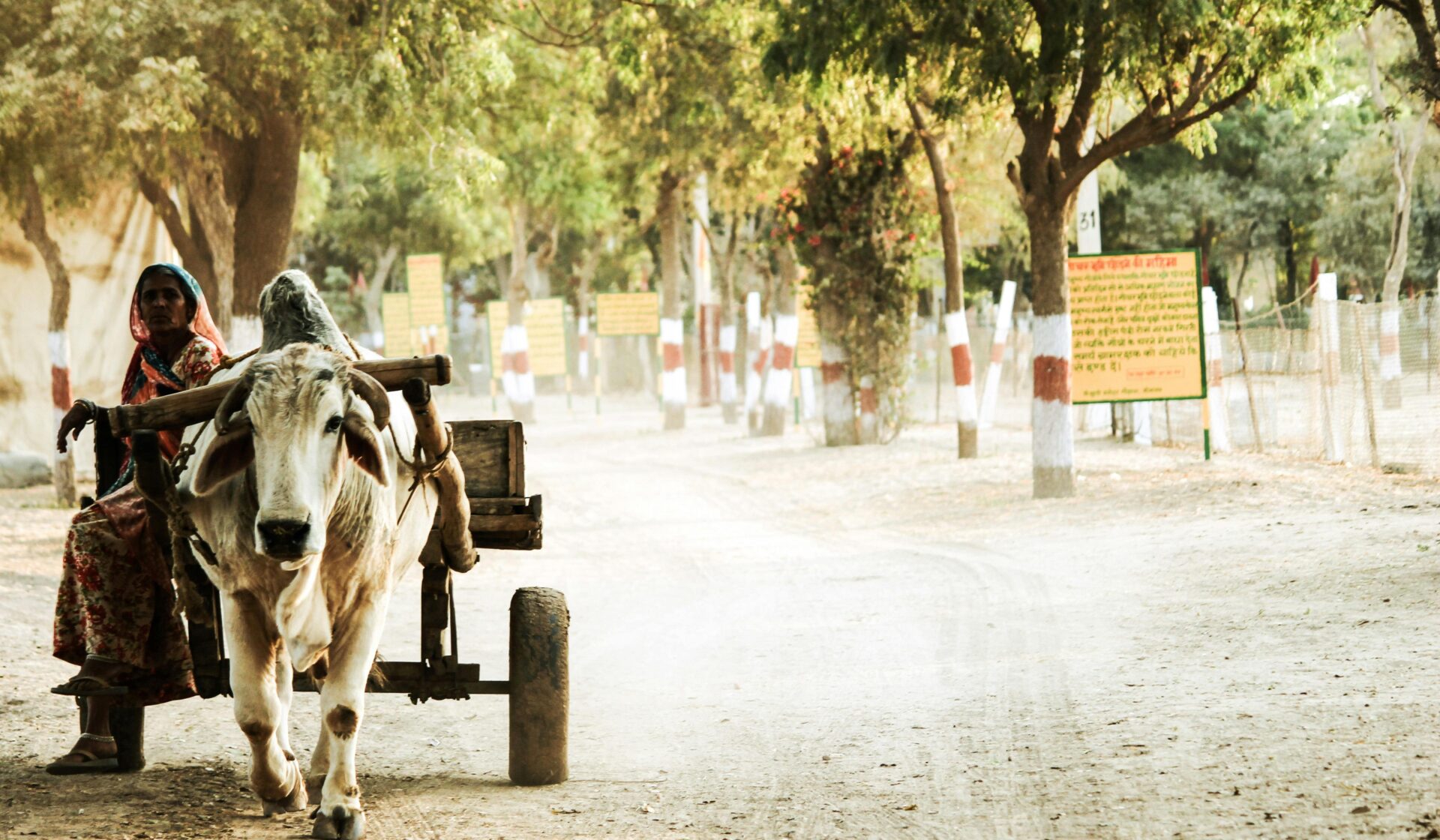According to a comprehensive new report, almost half of rural India is suffering from anxiety, drawing attention to the challenges faced by these communities.
In rural India, a silent crisis threatens the wellbeing of millions.
This issue has been highlighted by a recent study titled ‘The State of Healthcare in Rural India Report 2024’, which was conducted by Transform Rural India (TRI) and its initiative, Development Intelligence Unit (DIU).
Unveiling a disturbing trend – that anxiety levels in rural India have skyrocketed, with nearly 45 per cent of respondents reporting symptoms – this not only shatters misconceptions about mental health in rural areas but underscores how urgently attention is needed to address this.
The study, which surveyed 5,389 households across 21 states, offers comprehensive insight into how mental illness is impacting rural India.
It reveals a steady rise in a range of conditions, the main one being anxiety, which is not an isolated phenomenon, but part of a broader pattern of deteriorating mental health in India.
Experts point to various factors contributing to this crisis. These include economic instability, changing social structures, and limited access to healthcare, as well as the stigma surrounding mental health in rural communities which prevents people from seeking help.
What’s raised concerns is that for years, the mental health challenges faced by communities in rural villages have been overshadowed by those faced in urban areas.
Until now, that is. As TRI’s findings show, only 3 per cent of households in rural areas opt to pay for caregiving services despite high demand and informal family caregivers, mostly women (72.1 per cent), are the primary source of care.




















